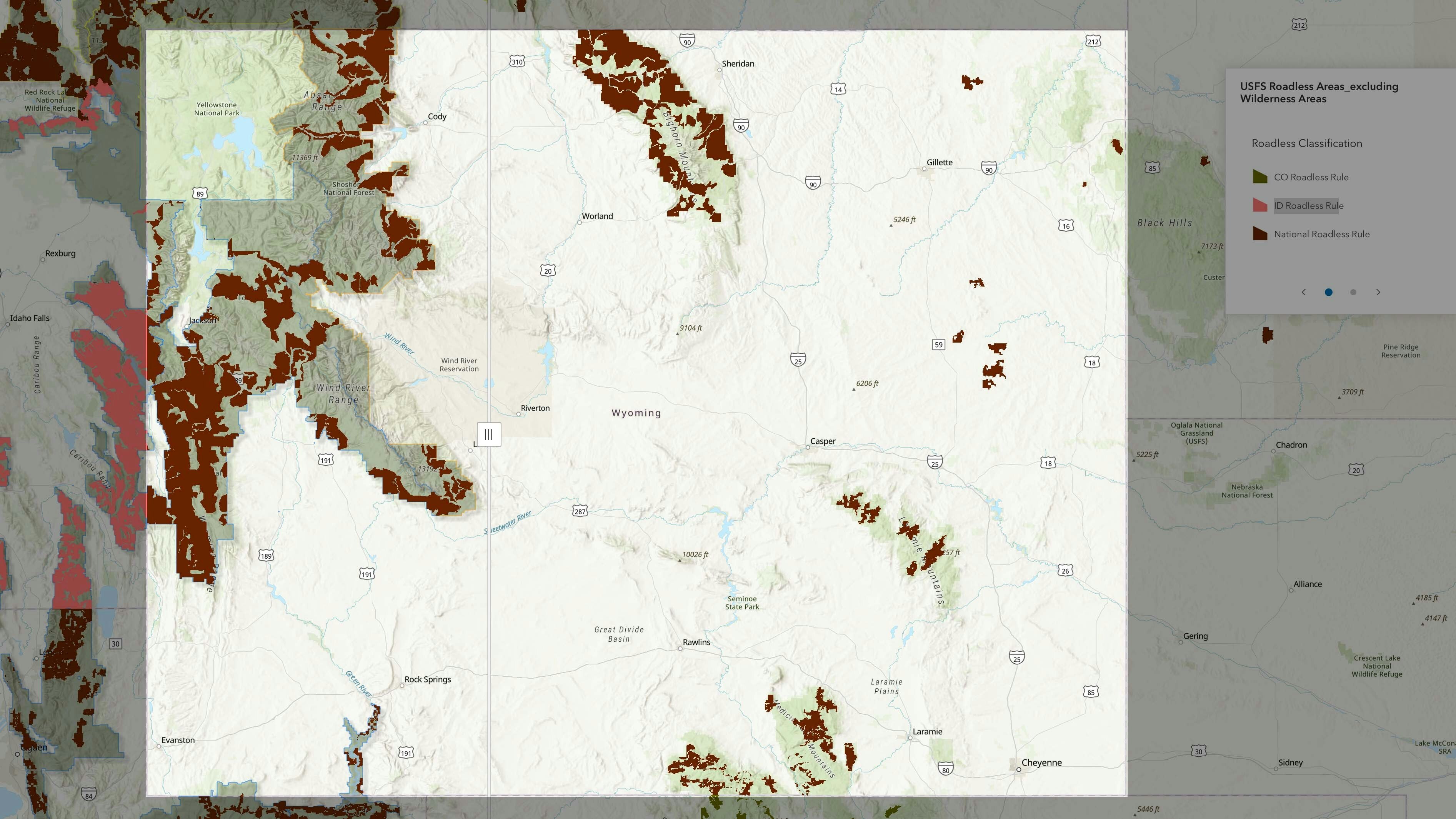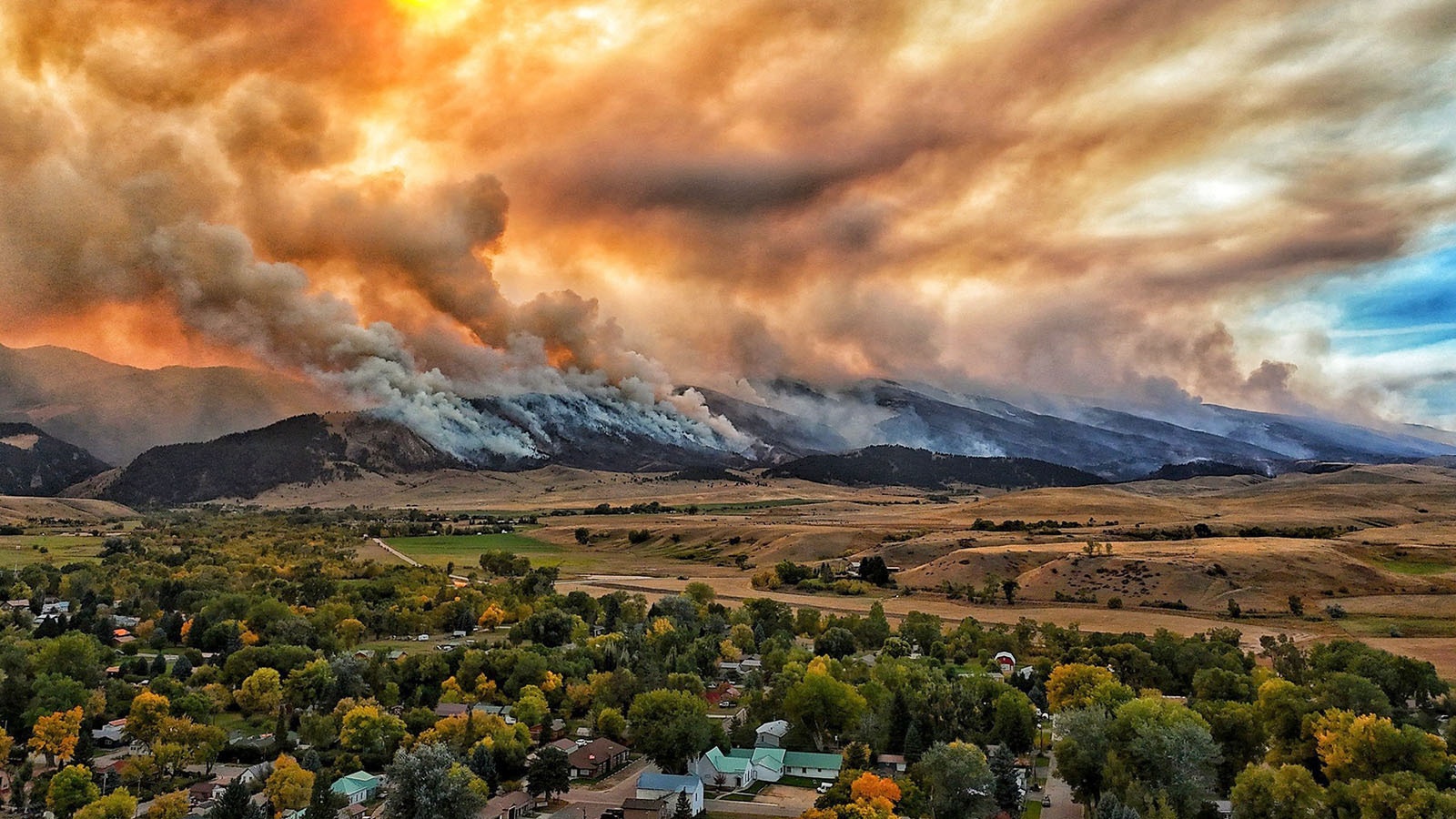Since 2001, the U.S. Forest Service’s Roadless Rule has forbidden new road construction on national forests across Wyoming’s high country.
On Wednesday, U.S. Secretary of Agriculture Brooke Rollins and Forest Service Chief Tom Schultz announced the first step toward rescinding the rule.
That could open up 45 million acres of roadless areas on national forests across the West for possible new road construction.
That includes vast swaths of some of Wyoming’s premier high country, such as the Wyoming Range and Bighorn Mountains.
The Forest Service will publish the notice of intent to rescind the Roadless in the Federal Register on Friday. That will open a public comment period, scheduled to last until Sept. 19.
Environmental and outdoors groups pushed back against the idea – encouraging their members and the general public to comment against rescinding the rule.
Roadless areas are vital to Western hunting and angling, Devin O’Dea, the Western policy and conservation manager for Backcountry Hunters and Anglers, told Cowboy State Daily.
“These are places we know are really valuable from a hunting and fishing perspective,” he said.
Some people, including Republican Congresswoman Harriet Hageman, support rescinding the Roadless Rule, arguing that it would be a step toward better forest management and wildfire prevention.

Arguing For Reform, Not Removal
O’Dea and Corey Fisher, public land policy director for Trout Unlimited, said that just erasing the roadless rule would be going too far.
Instead, they said their groups and other outdoors organizations would favor talks between stakeholders at the local level aimed at possibly reforming the Roadless Rule.
“We’re not coming at it from the perspective that the Roadless Rule is perfect and everything on the forests are the same as in 2001,” Fisher told Cowboy State Daily.
“We want a collaborative, stakeholder-driven process. So that we can look at reforming the rule, rather than just rescinding it,” O’Dea said.
Roadless Good For Hunting, Angling
Fisher said anglers should be worried about an across-the-board elimination of the rule. That’s because the headwaters of some of Wyoming’s most prized fisheries – such as the Snake River – are in currently roadless areas.
The Roadless Rule prohibits road construction and “industrial-scale logging” in those places – which could disrupt stream flows and disturb trout spawning areas, he said.
Roadless areas can make for the best hunting, O’Dea said.
“Oftentimes, the farther you get from the road, the better the hunting is,” he said.
“These are areas where you’re typically going to find more mature wildlife, better habitat and less hunting pressure,” O’Dea added.
He recalled talking with an avid elk hunter who told him that “10 of the 11 bulls he’s killed have been in roadless areas.”

The Case For Rescinding The Rule
Hageman has openly stated that she favors getting rid of the Roadless Rule.
The rule has made huge areas of national forests in Wyoming essentially inaccessible for such vital work as removing dead timber or other potential fuel for massive wildfires, Hageman said. And a lack of roads can make fighting fires more difficult.
Rollins and Schultz also came out strongly in favor of rescinding the rule in a joint statement released Wednesday.
“We are one step closer to common sense management of our national forest lands. Today marks a critical step forward in President Trump’s commitment to restoring local decision-making to federal land managers to empower them to do what’s necessary to protect America’s forests and communities from devastating destruction from fires,” Rollins said.
“For nearly 25 years, the Roadless Rule has frustrated land managers and served as a barrier to action – prohibiting road construction, which has limited wildfire suppression and active forest management,” Schultz said.
Mark Heinz can be reached at mark@cowboystatedaily.com.





